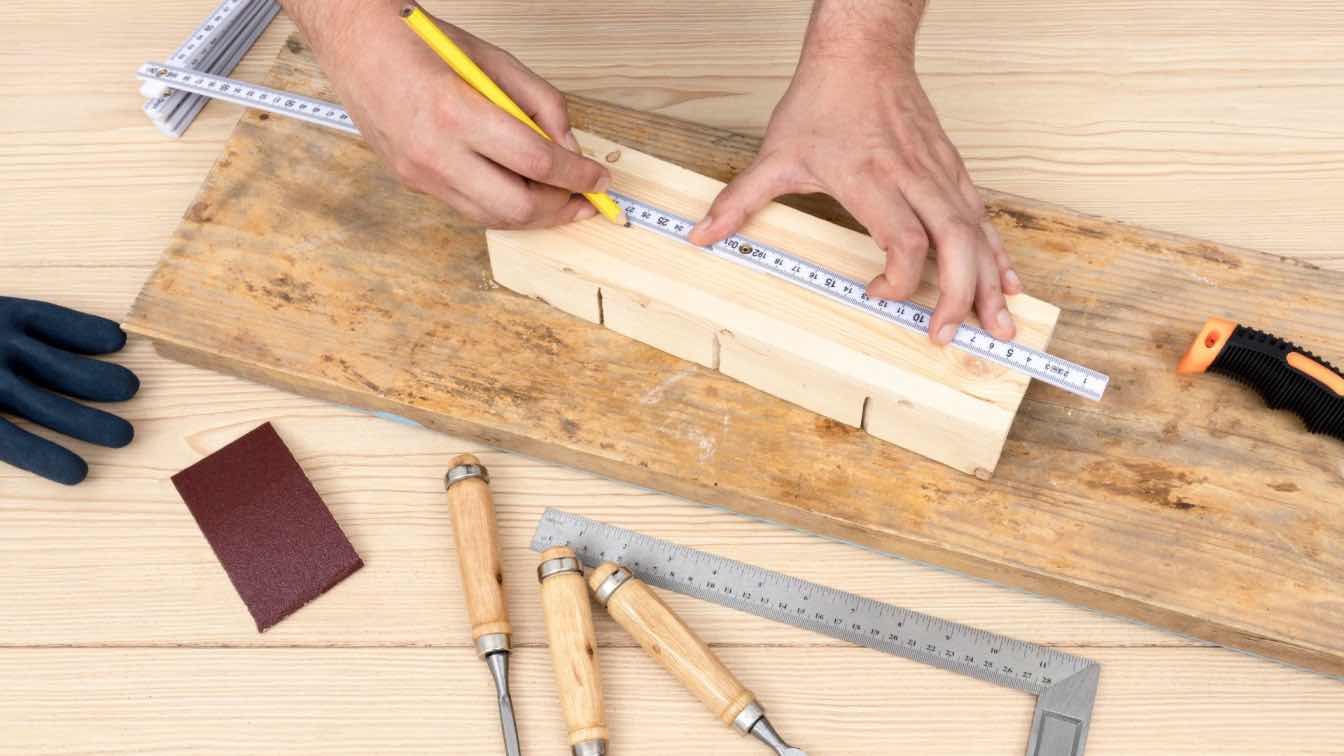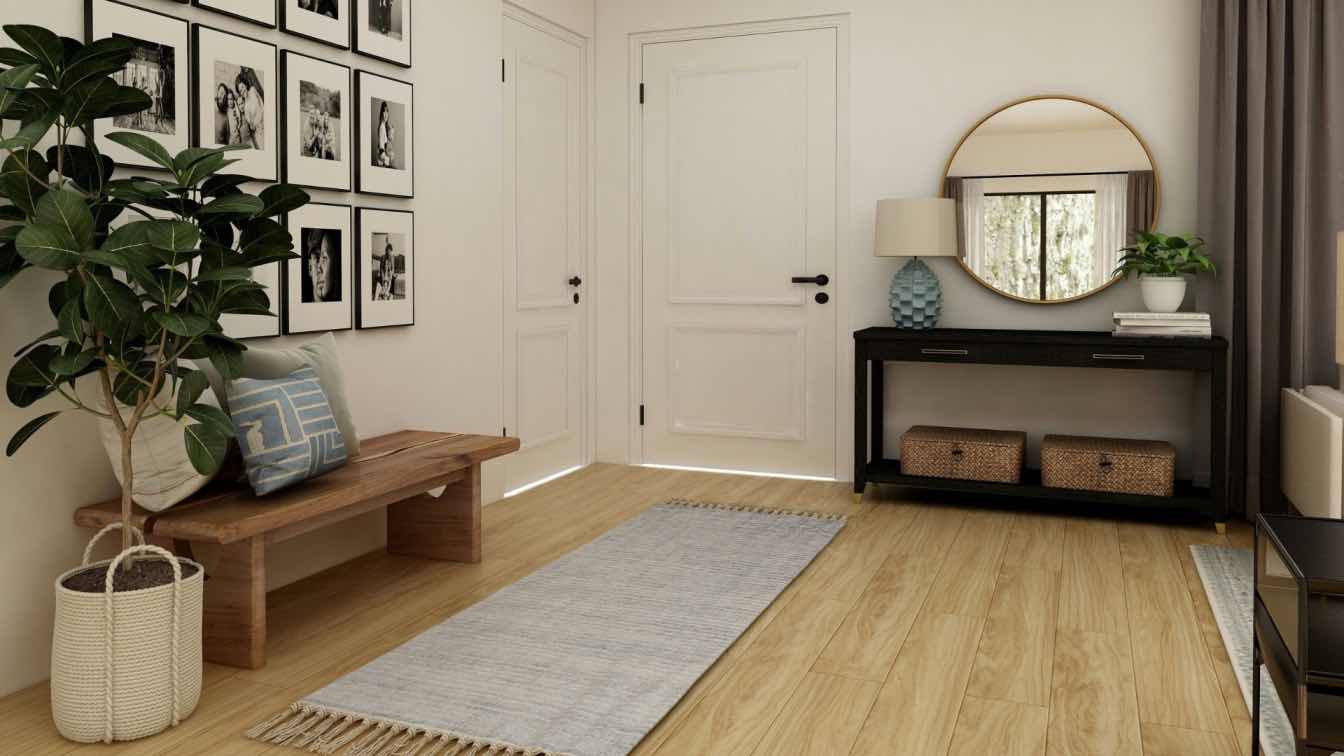You must master the basic techniques if you want to start decorative woodworking. In addition, you should have a quality set of tools for the craft. In this article, we tell you everything you need to know to begin.
Are you considering taking up decorative woodwork? As a hobby or profession, it can be very rewarding. For those more advanced practitioners, Dutchess Millwork should be your first stop for supplies and advice. But if you are beginning your journey, read on as we provide everything you need to know about decorative woodwork technique.
The tools you must have
You are going to need a selection of saws in your toolbox to get started with your woodworking technique. You will use them for cutting down wood into smaller-sized pieces. However, this covers a vast field from large pieces of lumber to tiny dowel-sized bits.
When conducting decorative woodwork technique, a table saw is probably the largest you will need. From here, move down in size, getting a selection of saws, gradually ending in small, fine hacksaw territory. You will notice that they often have different blades, such as ripsaw and crosscut, for cutting with and against the grain. This is discussed in more detail further on.
A hammer is also essential and is used for putting in nails. You may also want to get a soft mallet, which can be used for gently tapping wood into place without damaging it. You will also need the following:
- Chisel
- Drill
- Measuring tools
Invest in the correct safety equipment for your own wellbeing. You should keep safety glasses on at all times. Gloves should only be taken off if you are doing small, fine work that requires the utmost dexterity. All of these tools should be sharpened, as this can help prevent accidents by ensuring they cut and do their job without added pressure.
Tips and techniques
The techniques you need to master to get started are below.
Master the jointing
Jointing is when you flatten and level a face and an edge. They can then be joined together, creating a seamless melding of the two parts. There are several methods you can use for jointing in your wood working technique.
- Butt
A simple joint that involves joining the end of one piece of wood to the face of the other. To ensure a smooth join, they must be planed, sanded and cleaned.
- Lap
This involves overlapping two pieces of wood in various ways and joining them.
- Dovetail
This is the technique of cutting wood into the shape of a dovetail, which interlocks one piece with the hole made in another. It is one of the strongest types of joint.
- Mortise and tenon
This is where your drill will come in handy. It involves making a hole in one piece of wood and using a projection such as a dowel that locks into it from another.
Planing involves smoothing out a surface and removing material that you don't need. Once a face has been flattened, the planer will remove any excess material. For example, if you were to have a door that was too big to fit a doorway, you may choose to remove layers of the material through planing until it fits. You can use electric planers for taking off large amounts. However, in decorative woodwork hand tools are preferred for their delicacy and precision.
Know your wood
Wood comes in thousands of variations. Each of these will have a unique look, and characteristics and must be handled differently. For example, pine is very soft and pliable, making it easy to work with. Try maple and you will have a hardwood, with a fine texture and a uniform grain that gives a different appearance.
Start by taking into account what the use of your object will be. For example, oak is porous and will bend and warp if you use it in wet conditions, so it is not suitable for your outdoor use projects. Exotic woods are for humid and wet conditions, so you can use them for projects that need to withstand water and moisture.
If the item is purely decorative, you can choose a range of beautiful woods. However, this must be offset against your level of expertise. If you are just starting, you don't want to spend lots on pricey, hard-to-use woods and get it wrong.
Experiment with different cutting techniques
If you follow the advice above, you will have purchased a range of different saws. Some of them will be for cross-cutting and some will be for rip cutting. Get them right and experiment with them before you start your project.
A crosscut is used when you cut across the grain of the wood. A rip cut is used when you go along with the grain.
There are also two other major cuts you need to know, which are essential for good technique. The first of these is the bevel. This is used at an angle along the edge of the wood. The second is the mitre, which cuts at an angle across the face of the wood.
The key to woodwork is embracing failure. There will be times when you are learning and you get these completely wrong. However, these mistakes will help you improve. You will soon be an expert in decorative woodwork.





